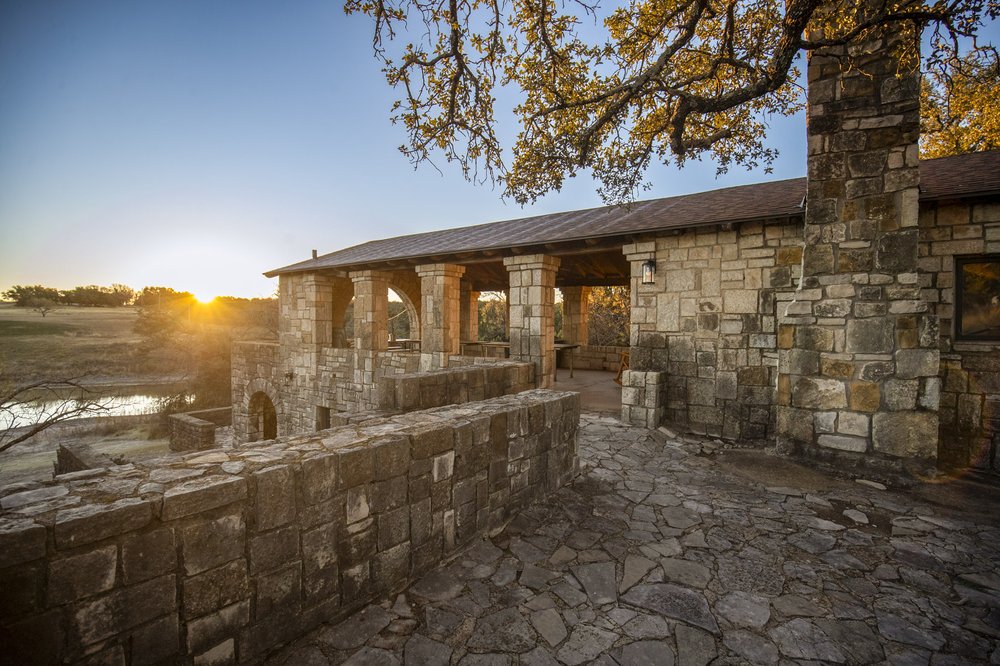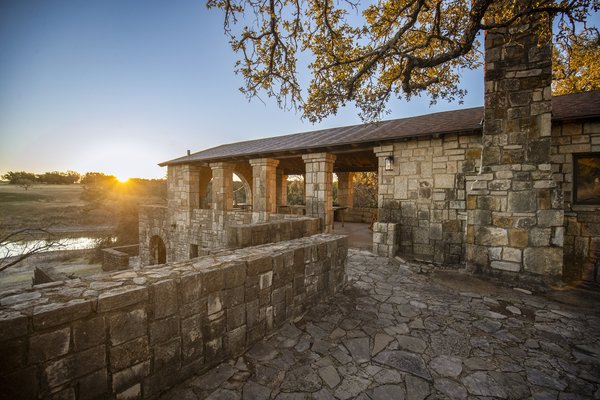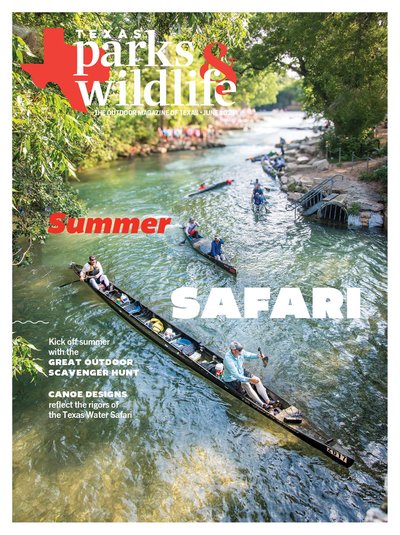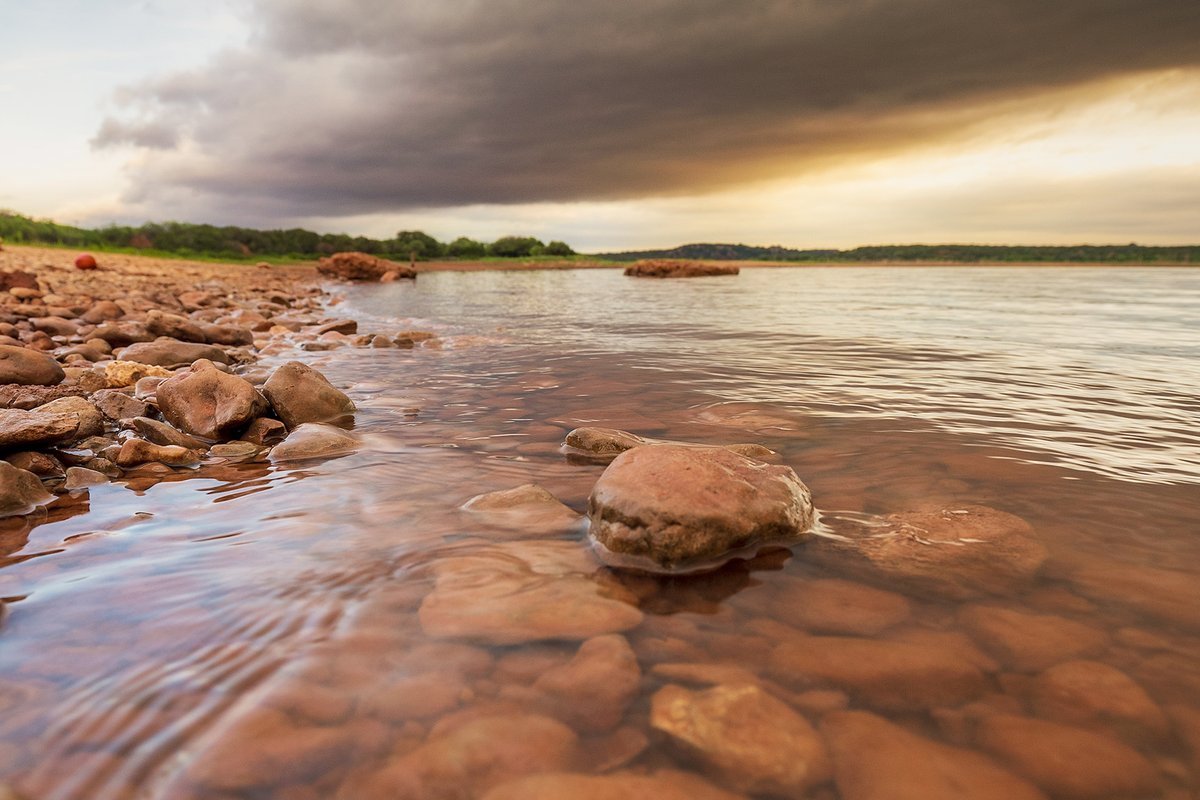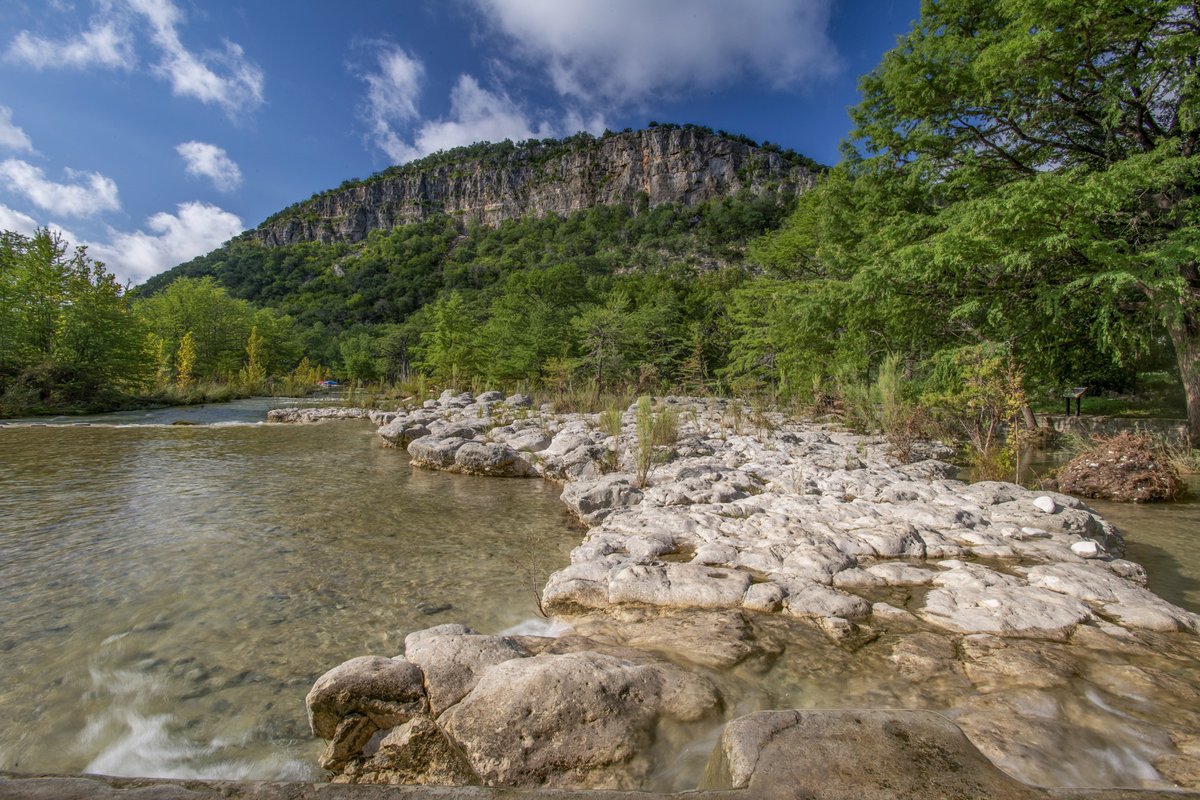The entrance is right there off U.S. Highway 281 north of Stephenville. The handsome and rugged entry portal, made of rough-hewn limestone blocks, displays the unmistakable craftsmanship of the Civilian Conservation Corps, the work corps that built many Texas state parks in the 1930s and ´40s.
After going through the gate, a short drive leads you to a small lake and CCC-built pavilion, exemplifying the classic CCC park formula of damming a creek and building recreational facilities around the newly formed lake.
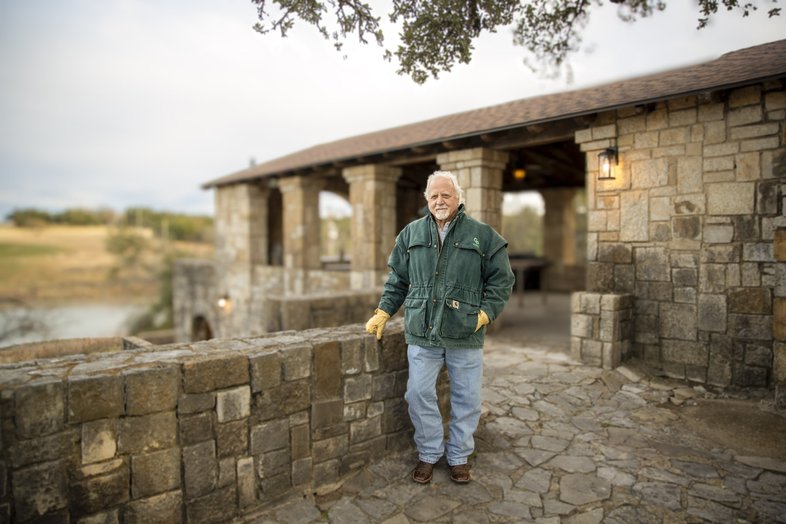
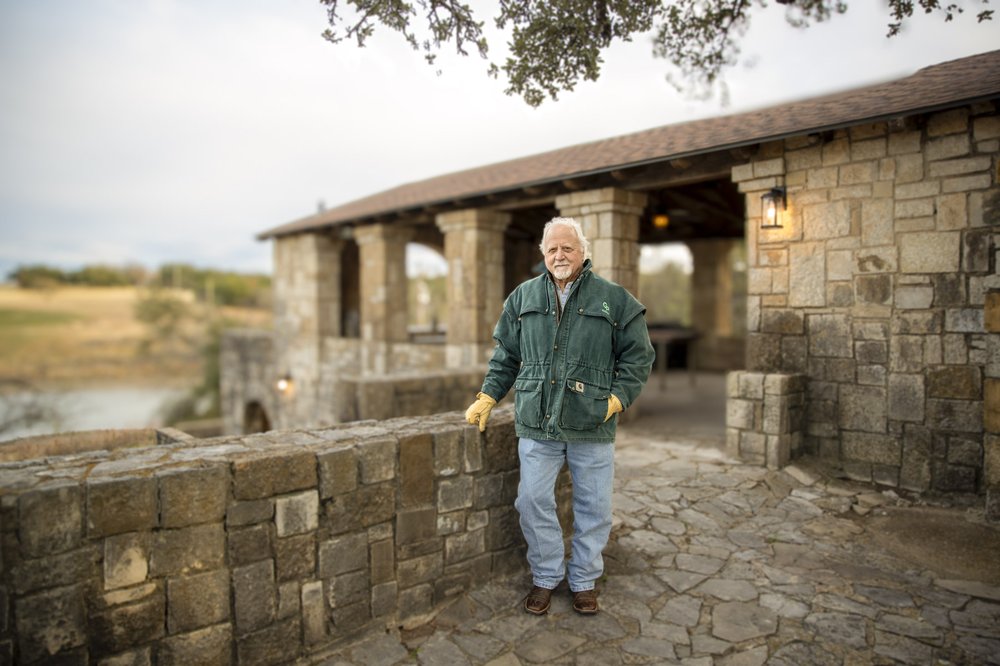
Fred Underwood's ranch was once called Stephenville State Park (and Garner State Park).
Fred Underwood's ranch was once called Stephenville State Park (and Garner State Park).
“I still get goosebumps when I drive in,” says rancher Fred Underwood, who bought the property in 1984.
Underwood is the owner of this place — and proudly so. Not many ranches have their own CCC pavilion and CCC-built lake.
His property, one of the earliest park projects in Texas, was known as Stephenville State Park, and, in the betcha-didn't-know category, was also the original Garner State Park. It was Garner before … well, Garner. The Underwoods call their place Garner Park Ranch.
In 1933, things were happening fast. Franklin D. Roosevelt was sworn in as president on March 4 that year. A month later, on April 5, he created the Civilian Conservation Corps as a way to put people to work during the Great Depression. Texas was promised tens of thousands of CCC workers, and by summer it needed to figure out places to put them to work.
This was a prime opportunity to create the park system that Texas Gov. Pat Neff had envisioned in 1923 when he created the State Parks Board, a vision that hadn't produced many results up to that point.
State officials secured two key land donations for parks in 1933 — at Caddo Lake and the Davis Mountains. Those two locations made it on the governor's proposed list of initial CCC projects, along with Longhorn Cavern and Blanco and an intriguing string of parks along what is now U.S. Highway 281 — at Mineral Wells, Stephenville, Hamilton and Lampasas.
These sites received the first CCC crews and were on their way to becoming some of the first state parks in Texas. Stephenville received the designation SP-3 (for State Park 3) on the National Park Service's roster of Texas CCC projects.
“It was touted as this line of parks that you could visit,” Texas Parks and Wildlife Department historical preservationist Dylan Gielow says of the U.S. 281 parks. “You could jump in your automobile in San Antonio and drive north and hit parks on your way up to Fort Worth. It's very neat and very much catering to the modern American at the time - the automobile enthusiast who can get out and go see parks.”
That fit well with Neff's vision of a series of roadside parks and honored the slogan “a state park every 100 miles.” However, the federal government didn't coordinate the initial Texas work with the State Parks Board but instead with the Texas Relief Commission and Gov. Miriam “Ma” Ferguson, and the result was some bureaucratic confusion. It took months for the State Parks Board to gain control of the park planning process from the Relief Commission.
For various reasons, several of the parks in the first round of CCC development didn't make it into the final portfolio of state parks.
Blanco State Park gets the nod as the first park to be completed by the CCC, and Stephenville wasn't far behind. Stephenville, while listed as one of the state parks ready for the Texas Centennial in 1936, was returned to the original land donors in 1942.
“Many of these were day-use parks,” Gielow says. “They were places where you get out of your car, stretch your legs, maybe you're jumping in the water for a bit and having a picnic with your family or fishing, and then you're packing up and you're going. A lot of them didn't have overnight facilities planned.”
The second wave of CCC projects, under the guidance of the State Parks Board, contains more destination-type parks that are still with us today: Abilene, Bastrop, Goose Island, Palmetto.
Inspector reports from the National Park Service marked the progress at Stephenville. Reports from 1933 noted “nice rolling country with beautiful views” and commented that “the general layout of Stephenville is good.” A report from 1934 described work on the main building: “Stone is being quarried and shaped for the concession building, and the excavations for that building are under way. I believe this project will shape up nicely.”
Park buildings constructed by the CCC followed the National Park Service's design guidelines: low, horizontal lines with rustic local stone and woodwork. Stephenville's pavilion and rock tables and benches fit the pattern.
Earlier this year, the Underwood family offered to show me around their CCC-enhanced property, which contains benches, rock fireplaces and picnic tables in addition to the pavilion.
“The pavilion was a mess,” Underwood says as we tour the building and gaze out over the lake. “There was no roof, and cows were in it all the time. But we were impressed with the amazing integrity of the structure.”
Fred's son Rand points out the craftsmanship: “You can see how every rock is hand-hewn,” he says. The family has steadily made improvements to the property, including putting a roof on the pavilion. “We restored it back to close to its original features,” Fred says.
The Underwoods maintained their Dallas residences and visited Stephenville on weekends and holidays. They'd camp on cots in the pavilion during hunting trips. Fred's daughter Payton recalls happy memories of picking wildflowers on the ranch; she especially loves the pavilion. “We've had many Thanksgivings and other gatherings there over the years,” she says.
Fred Underwood appreciates the historic importance of the ranch and the CCC-built structures. “We recognize that this is on loan,” he says. “We don't feel like we own it. This was here before us, and will be here after us. We want to be good stewards.”
